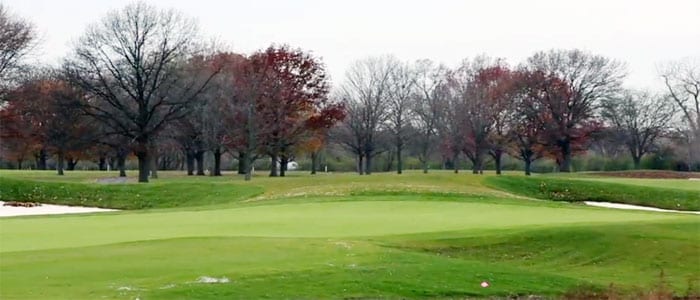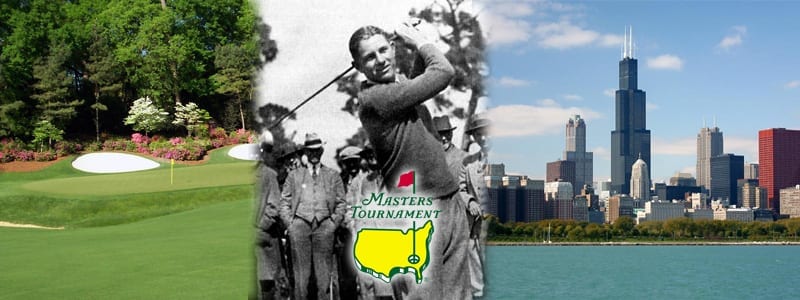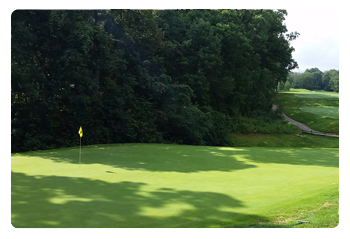 The Forest Preserve District of DuPage County has renamed what had been known for 30 years as the Oak Meadows Golf Course in Addison to reflect the $16.8 million transformation of the 288-acre property into something much more than 27 holes of flood-prone, 1920s-era golf.
The Forest Preserve District of DuPage County has renamed what had been known for 30 years as the Oak Meadows Golf Course in Addison to reflect the $16.8 million transformation of the 288-acre property into something much more than 27 holes of flood-prone, 1920s-era golf.
The Preserve at Oak Meadows is the result of a major environmental restoration project resulting in a forest preserve that promises improved stormwater management, greater water quality in Salt Creek, enhanced habitat for fish and other aquatic species, and a premier 18-hole public golf destination rivaling any in the Midwest.
To accommodate the ambitious ecological and stormwater management aspects of the project, the number of golf holes was reduced from 27 to 18. The result is an entirely new golf course designed by nationally-known golf course architect Greg Martin.
Only 15 percent of the 288 acres is dedicated to fairways, greens and teeing areas, officials said. Improvements also include a connection to the regional Salt Creek Greenway Trail, making The Preserve accessible to hikers, joggers and cyclists.
The District and its partners, the DuPage River Salt Creek Workgroup and DuPage County Stormwater Management, funded the restoration project. The River Prairie Group of the Sierra Club also supported the project’s initiatives.
One of the giants of the game, Ben Hogan won the 1941 Chicago Open at what was then Elmhurst Country Club, an 18-hole private club at this location originally designed by prominent golf course architect Charles W. Wagstaff. The Forest Preserve District acquired the course in 1985, renaming it Oak Meadows, and later bought the adjacent Brookwood Country Club.
The original Elmhurst Golf Club clubhouse was designed by Prairie style architect Walter Burley Griffin and was a gathering place for people of all ages to play golf, eat, play cards, or enjoy the view from the broad porch. The course was a popular social center with a full calendar of dinners, luncheons, dances, parties, and 4th of July fireworks. An invitation to a 1923 dance referred to “Elmhurst The Chummy Golf Club.” The clubhouse had sleeping accommodations for non-resident members who wished to spend the night on golfing weekends.
According to a membership application, the course had sufficient hazards, natural and artificial, to make the course one of the most interesting and sporty in the vicinity.” An early score card, dated 1901, lists each of the nine holes, its name, distance, and bogey. For example, Hole Three, known as The Sandpits, was 328 yards long and bogey was five strokes. In 1905 the annual membership fee was $25.00. In 1919, however, there was an additional $2.50 charged for a War Tax.
By 1924 Elmhurst was expanding, and land for residential construction was in demand. So a new, eighteen-hole golf course was laid out in Addison. The new $160,000 clubhouse opened in May 1928. Built in an English style, it included modern locker rooms, a large dining room, a
ballroom, lounges, and glass enclosed verandas. The course itself was a source of pride too. The former golf course was developed in College View Subdivision.








 Find a Golf Course
Find a Golf Course Find a Driving Range
Find a Driving Range Find a Topgolf
Find a Topgolf Find a Golf Instructor
Find a Golf Instructor